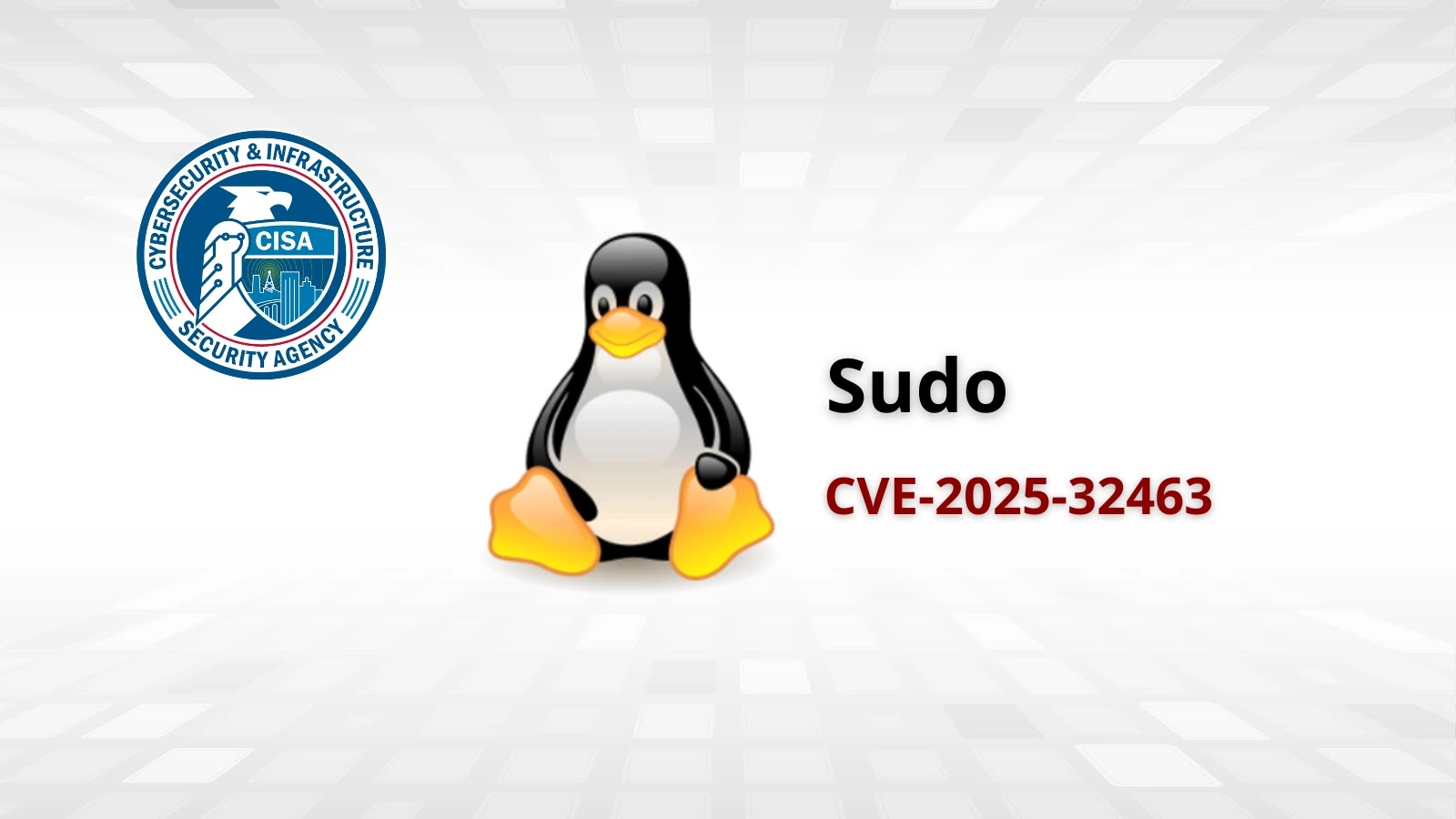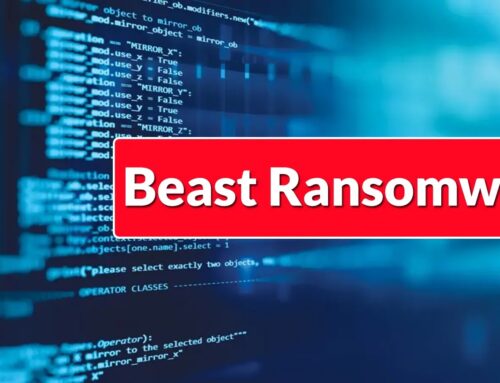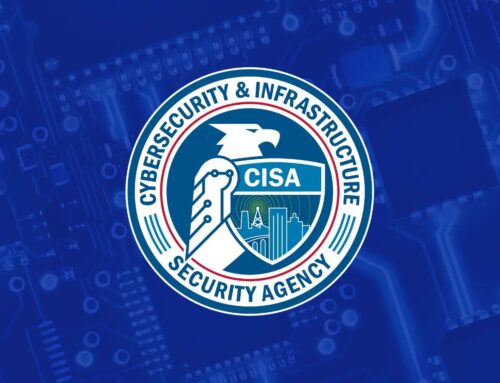
CISA Warns of Linux Sudo Vulnerability Actively Exploited in Attacks
The cybersecurity landscape has been rocked by an urgent advisory from the Cybersecurity and Infrastructure Security Agency (CISA). They’ve issued a critical warning regarding a newly discovered and actively exploited vulnerability within the widely used Linux and Unix sudo utility. This flaw, tracked as CVE-2025-32463, poses a significant threat, allowing local attackers to bypass established access controls and execute arbitrary commands with root privileges. Understanding the mechanisms of this vulnerability and implementing immediate remediation is paramount for any organization utilizing Linux or Unix-based systems.
Understanding the Sudo Chroot Bypass Vulnerability (CVE-2025-32463)
The vulnerability, dubbed the “Sudo Chroot Bypass,” leverages a critical flaw within the sudo utility’s handling of specific configurations. Historically, sudo has been a cornerstone of privilege management in Unix-like operating systems, allowing authorized users to execute commands as another user, typically the root user, with a high degree of control and auditing. However, CVE-2025-32463 throws a wrench into this security model.
Specifically, this flaw permits local adversaries to circumvent the intended isolation provided by chroot environments or other access control mechanisms. Even in scenarios where a user lacks explicit sudoers file permissions to execute commands as root, this vulnerability can be exploited to achieve full root access. The implication is severe: any local user, under certain conditions, could elevate their privileges to compromise the entire system.
Impact of Active Exploitation
CISA’s warning is particularly concerning because the vulnerability is not merely theoretical; it is being actively exploited in the wild. This means that attackers have already developed and deployed methods to leverage CVE-2025-32463 against vulnerable systems. The consequences of such an exploitation can be catastrophic, leading to:
- Full System Compromise: Attackers gain complete control over the affected Linux or Unix system.
- Data Exfiltration: Sensitive data stored on the system can be accessed, copied, and stolen.
- Malware Installation: Persistent backdoors or other malicious software can be installed for future access.
- Service Disruption: Critical services running on the compromised system can be shut down or altered.
- Lateral Movement: The compromised system can be used as a pivot point to attack other systems within a network.
The “Inclusion […]” message in the source suggests a potential flaw related to how paths or includes are handled within the sudo context, allowing for a bypass of restrictive environments.
Remediation Actions
Given the active exploitation of CVE-2025-32463, immediate action is critical. System administrators and cybersecurity teams should prioritize the following steps:
- Update Sudo: The most crucial step is to apply the latest security patches for the
sudoutility. Monitor official distribution channels (e.g., Red Hat, Debian, Ubuntu, SUSE) for updated packages that specifically address CVE-2025-32463. - Vulnerability Scanning: Regularly scan your Linux and Unix systems for this and other known vulnerabilities.
- Principle of Least Privilege: Reinforce the principle of least privilege across all user accounts. Ensure users only have the necessary permissions to perform their job functions.
- Monitor Logs: Increase vigilance in monitoring
sudoand system authentication logs for any anomalous activity, especially root-level command executions. - Segment Networks: Implement network segmentation to limit the blast radius in case of a system compromise.
- Educate Users: While this vulnerability primarily targets system configurations, general security awareness for users remains important.
Tools for Detection and Mitigation
Leveraging appropriate tools can significantly aid in identifying vulnerable systems and fortifying your defenses against CVE-2025-32463 and similar threats.
| Tool Name | Purpose | Link |
|---|---|---|
| Nessus | Comprehensive vulnerability scanning and assessment | https://www.tenable.com/products/nessus |
| OpenVAS | Open-source vulnerability scanner | http://www.openvas.org/ |
| Lynis | Security auditing and hardening for Unix-like systems | https://cisofy.com/lynis/ |
| Wazuh | Host intrusion detection system (HIDS) and security monitoring | https://wazuh.com/ |
| Splunk (or equivalent SIEM) | Security Information and Event Management for log analysis and threat detection | https://www.splunk.com/ |
Conclusion
The CISA warning regarding CVE-2025-32463 highlights the persistent need for vigilance in cybersecurity. This actively exploited sudo vulnerability allows local privilege escalation, posing a severe risk to any Linux or Unix-based infrastructure. Immediate patching of the sudo utility and rigorous adherence to security best practices are essential to mitigate this threat. Organizations must prioritize these actions to protect their critical systems from compromise and maintain the integrity of their operations.





